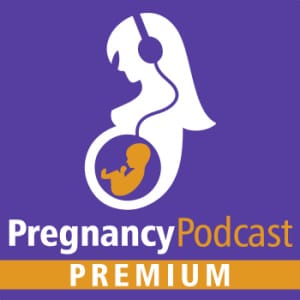Overview
There are over 3.6 million babies born every year in the United States alone. That creates a big market for companies that sell products geared toward new parents. Companies make everything you could imagine a new parent could use. This massive industry is estimated to reach over $225 billion in 2022. Preparing for a new baby makes it easy to get caught up in the consumerism of thinking you need everything. Marketing draws on your emotions to be a good parent and to keep your baby safe. Social media influencers can influence you to purchase particular products or brands. Plus, pregnancy is an exciting time, and buying things in preparation for your baby is fun.
It can be overwhelming to think about choosing the right products, how much everything will cost, and where you will put everything. This article will explain exactly what you need for your new baby, whether you are purchasing items yourself or adding them to a baby registry. Plus, download the Ultimate List of the must-haves, optional items, and what is unnecessary.
Some links throughout this article may be affiliate links. I only recommend companies that make exceptional products I love and have personal experience with.

